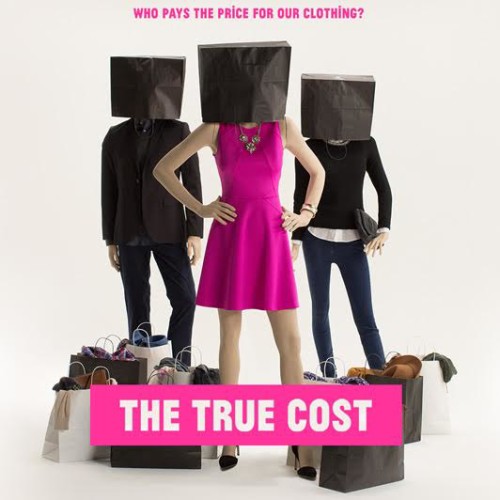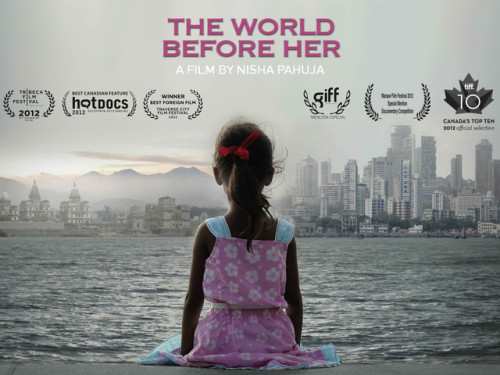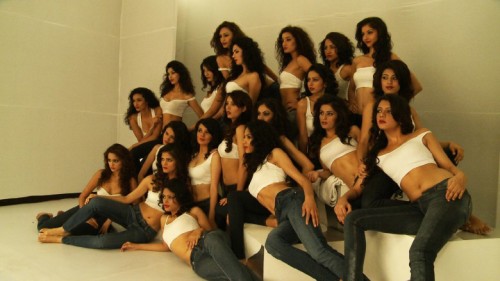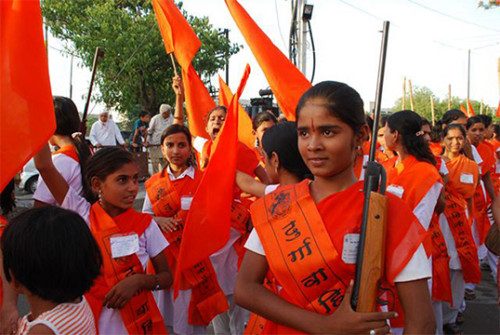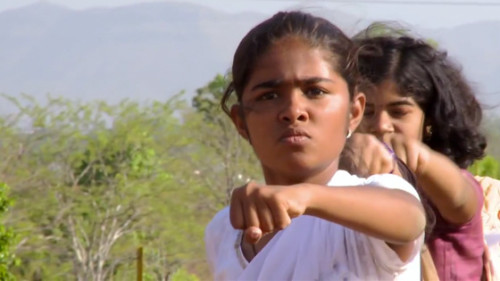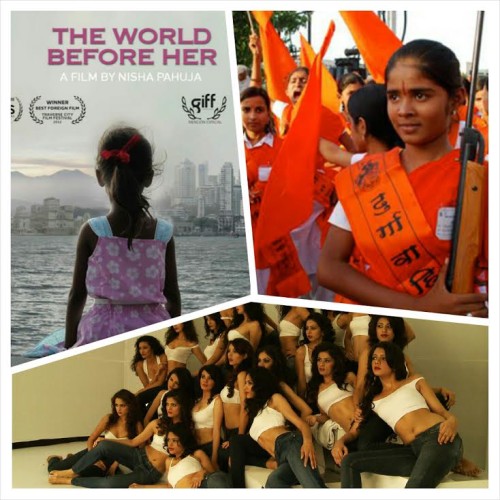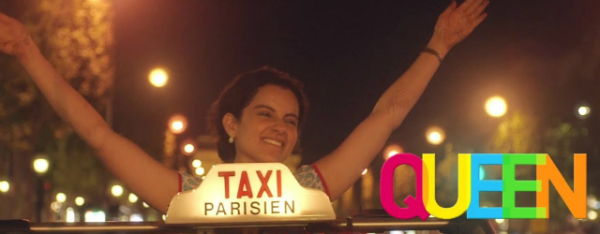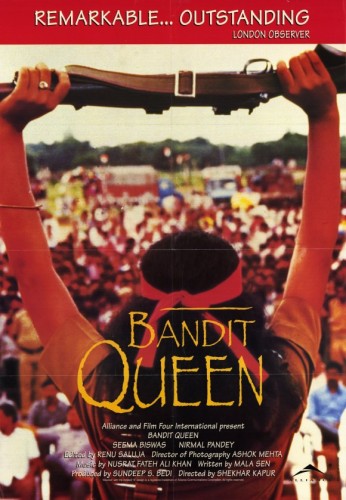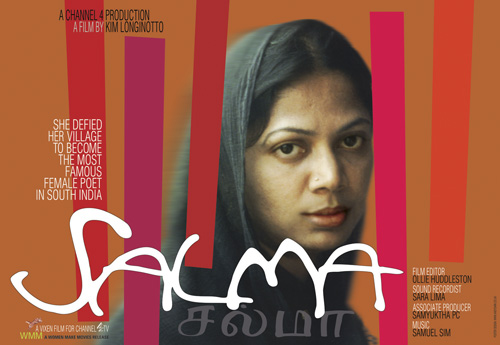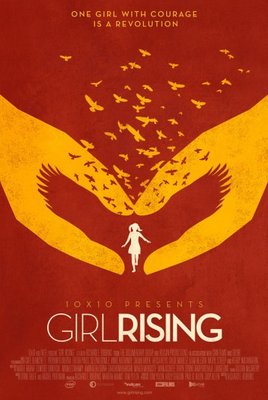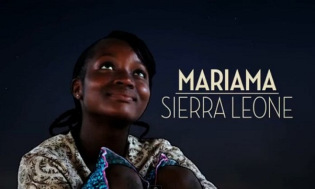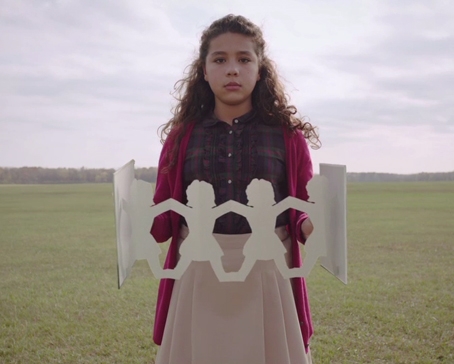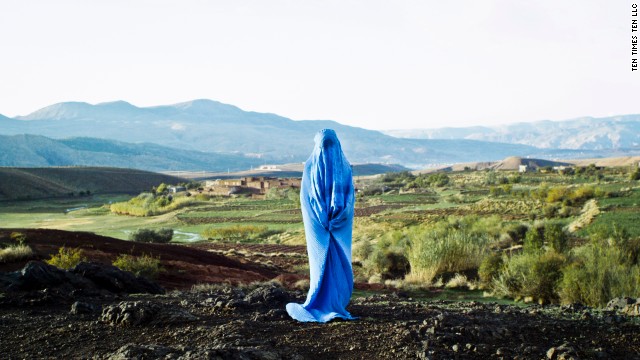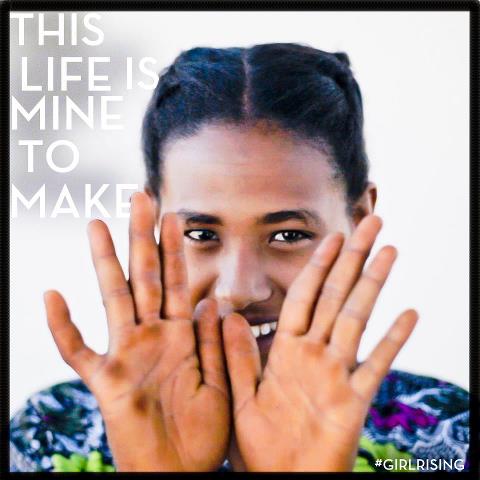Written by Rachael Johnson.
Warning: this post contains a distressing image.
The collapse of the Rana Plaza garment factory in Savar, Bangladesh on the April 24, 2013 is one of the tragedies of our time. More than 1,100 garment workers lost their lives and many more were injured. The majority of them were young women. It was, in fact, nothing less than industrial murder. The factory bosses were warned about the cracks in the shoddily constructed building, yet the workers were forced to come to work that day. In June this year, the owner of the factory and 40 others were charged with murder. Multinational retailers could also, of course, be said to have blood on their hands. The poorly-paid workers made clothes for well-known global brands like Primark, Mango and Benetton. Some companies predictably took their time but the compensation fund for victims was also secured in June of this year.
The Rana Plaza tragedy inspired director Andrew Morgan to make The True Cost (2015), an ambitious, wide-ranging documentary about the globalized garment industry. We journey with him to world fashion centres and places where most of our clothes are made- Cambodia, India, China and Bangladesh- to meet garment workers, activists, academics and Free Trade representatives. Global brand bosses are conspicuous by their absence.
The True Cost tackles the exploitation of garment workers and the horrendous impact that the clothing industry has on the health of working communities and the environment. Morgan specifically targets the contemporary fast fashion model- the quick-response manufacturing of affordable clothes inspired by high-cost fashion trends. He explains that High Street fashion brands find Bangladesh a particularly attractive place to do business because of cheap labor and interviews a local factory owner who says that he is pressured by retailers to keep costs low. Reflecting on the exploitative, get-out-of-jail-free part played by global brands should make you quietly seethe. Most of Bangladesh’s garment workers are young women and they earn less than three US dollars a day. Workers are abused, even killed, for demanding better pay and conditions. We see footage of garment workers in Cambodia being shot at as they demonstrate for an increase in the minimum wage. Morgan rightly describes the low-cost, exploitative system of poverty wages and dangerous working conditions as “a perfectly engineered nightmare for the workers trapped inside of it.”
In an effort to personalize and make accessible this complex, multifaceted global story, Morgan spotlights the struggles of 23-year-old Shima Akhter, a Bangladeshi garment worker and union organizer who says she was beaten for trying to improve her and her co-workers’ lot. Her personal situation is tough too as she is forced to leave her young daughter Nadia in the countryside with relatives for long periods at a time while she works in the city. Shima is a strong, gracious woman who wants the best for the daughter she adores. She loves her parents and always sports a warm smile. The shots of Shima and her family in the countryside are beautifully observed but it is her words that haunt you: “I don’t want anyone wearing anything which is produced by our blood.”
Morgan equally addresses the industry’s ruinous impact on the environment and health of people living and working in communities serving the industry. He explains, “Fashion today is the number two most polluting industry on earth, second only to the oil industry.” I doubt most of us are aware of this fact and it underlines the obscene enormity of the problem posed by fast fashion. We see landfills overflowing with textile waste- a strange, disturbing sight- and learn of the appalling effect pesticide and fertilizer use has had on physical and mental health in communities in the Punjab region of India.
Clearly intended as a wake-up call, The True Cost looks at alternative ways of doing business and gives voice to those questioning the existing economic system. We meet London-based Safia Minney, founder and CEO of Fair Trade People Tree and LaRhea Pepper, an organic cotton farmer from Texas. Both advocate ethical and sustainable solutions. The most powerful comments, however, come from economist Richard Woolf. He observes, “So America became a peculiar country. You could criticize the education system…you could criticize the transportation system….but you couldn’t criticize the economic system. That got a free pass…Capitalism couldn’t be questioned.” Morgan, further, takes aim at the consumerist mentality that fuels fast fashion but I’m not sure we learn anything new regarding materialism in the Millenium. I had, however, never seen the nauseating You Tube clothes haul videos Morgan features. They, indeed, denote an epic, soulless low.
The True Cost has moments of power but it is not without its flaws. While Morgan clearly supports their struggle, more garment workers and union representatives should have been interviewed. The documentary, further, does not give an in-depth, gender-aware analysis of the lives of female garment workers. The arguments and images employed to critique consumerism are not, it must be said, particularly striking or original. Morgan should, nevertheless be commended for raising awareness of the acute human suffering behind the production of fast clothes. It prompts serious reflection about the vulturism of the industry and our response to economic violence. While it was widely reported, Rana Plaza did not become a social media cause in the same way as other recent tragedies. We know why, of course. Consumer capitalism reigns and the media, even culturally progressive sites, do not seem all that interested in workers’ rights. Hopefully, documentaries like The True Cost will encourage more to break the shameful silence.
